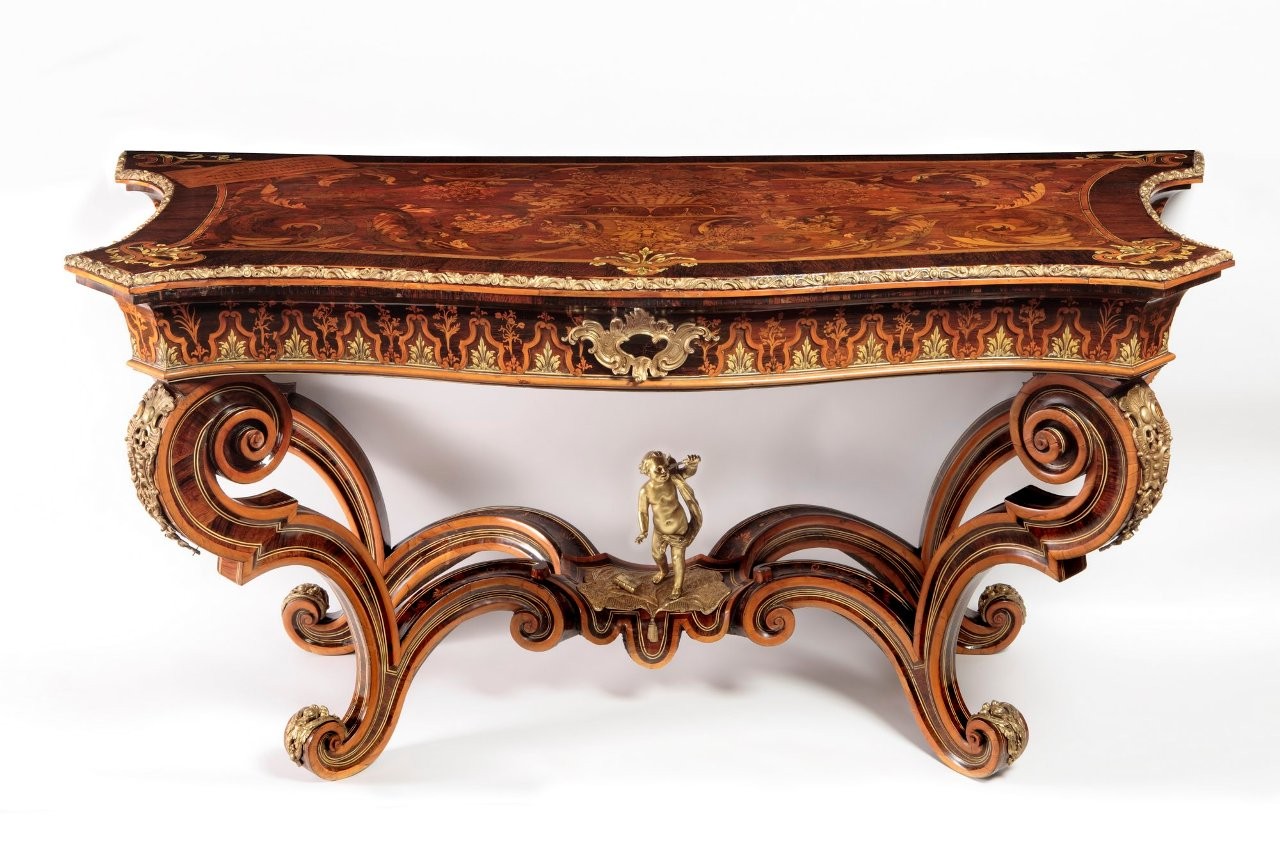The introductory room, which looks back at the history of the building and its transformations, contains the oldest and finest paintings in the collection, including a number of pieces of the Piedmont renaissance school, with works by great masters like Giovenone and Gandolfino da Roreto.
The large central nucleus of the exhibition, with paintings, sculptures and mobile furnishings, represents the typical collection of a historic building, perfectly reflecting the popularity of 17th and 18th century artworks in private homes and museums in post-war Turin as well as the interest in the paintings, sculptures and furnishings of the periods that defines the artwork collection policy of the latter half of the 20th century adopted by the banks that gradually became part of the Intesa Sanpaolo Group. The exhibition includes numerous highly significant paintings, including works by Francesco De Mura, who was very popular with buyers and collectors in 18th century Turin, landscapes and views by Isaac de Moucheron and Giovanni Paolo Panini, and a tapestry designed by François Boucher which underlines the subtle eroticism that was so popular in the 18th century, a period to which the wall table by Pietro Piffetti also dates, a masterpiece of Piedmont cabinetry in ivory, nacre and polychrome wood.
Discover all the artworks of the "Paintings, sculptures and furnishing 14th-18th Century" exhibition path


